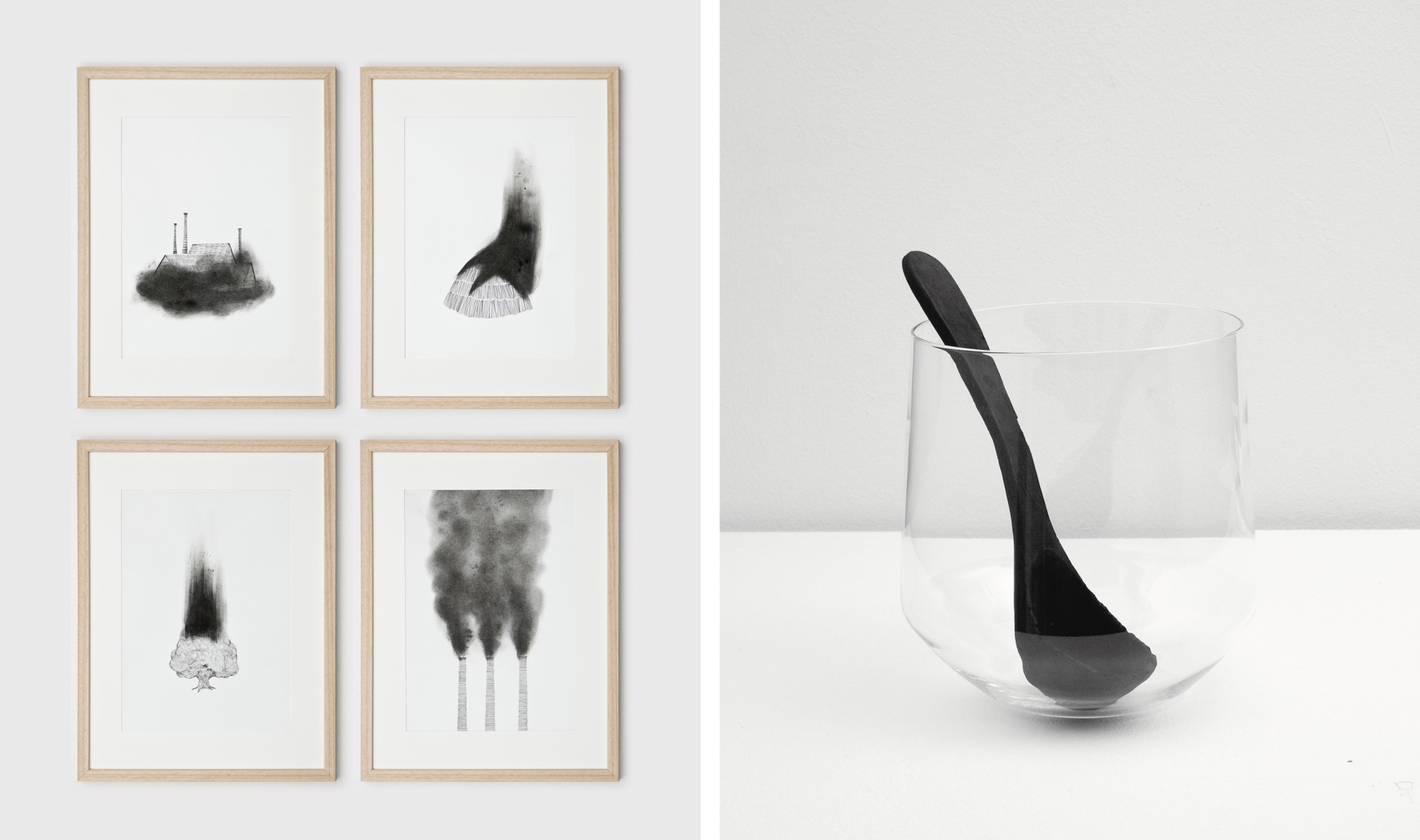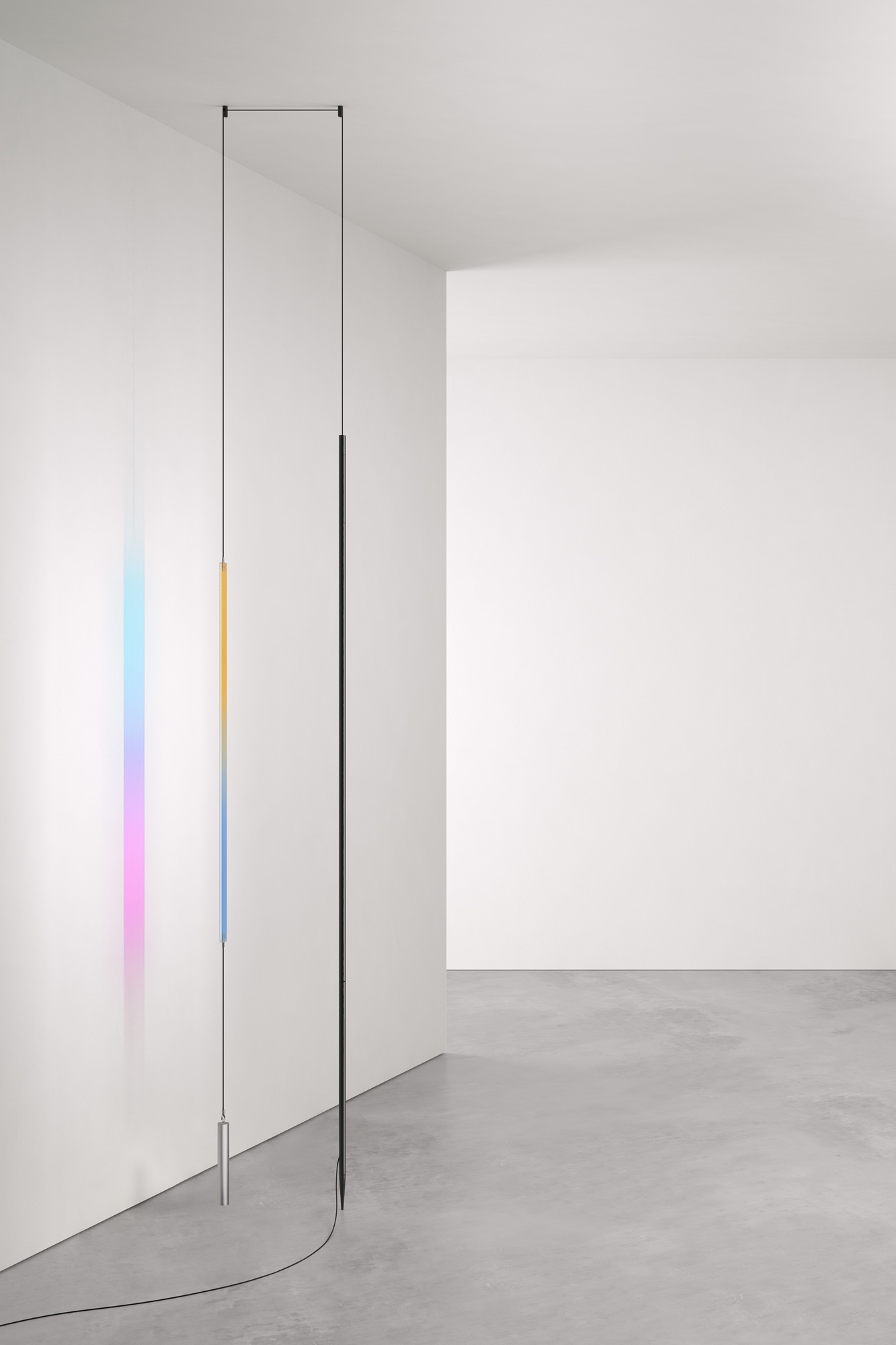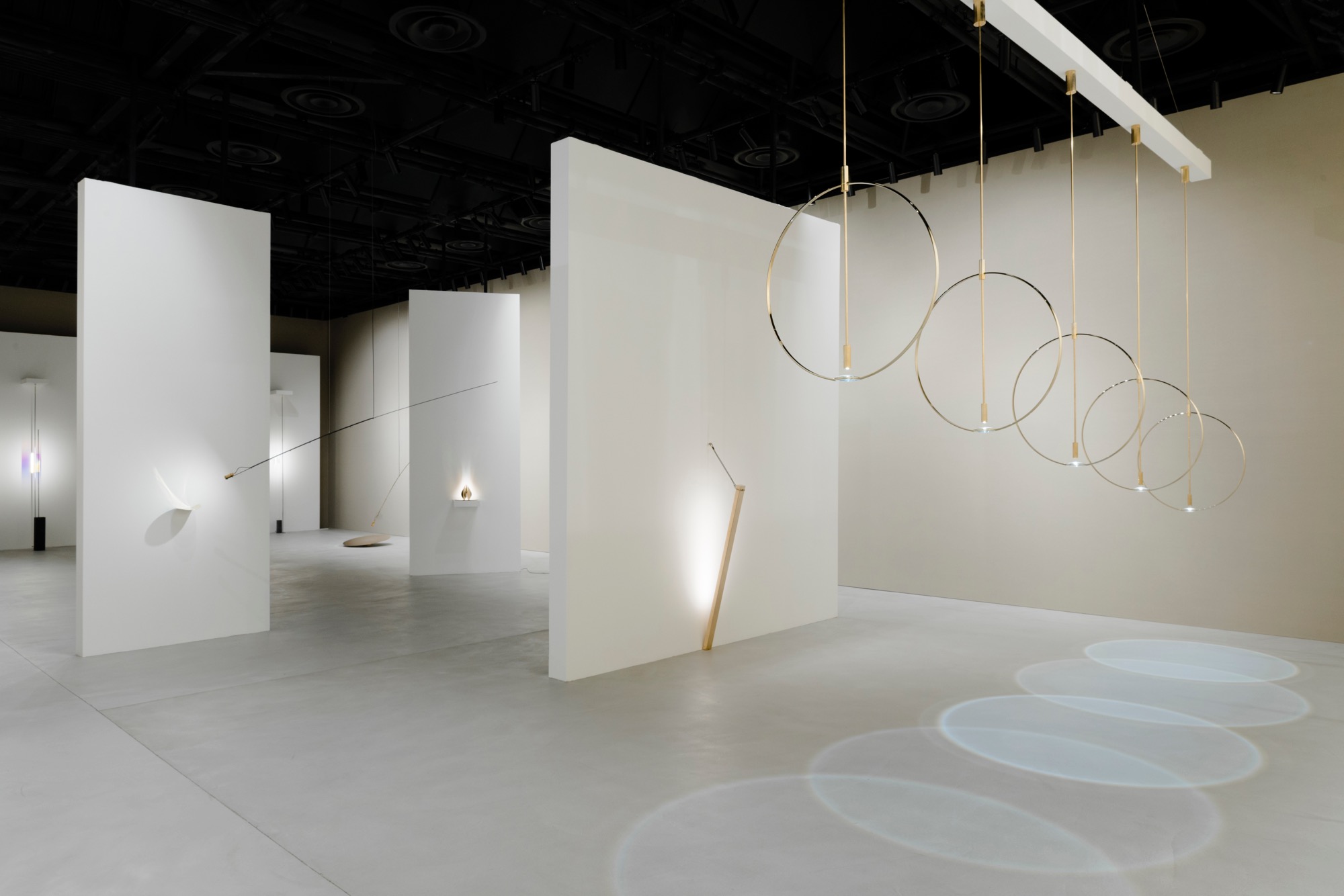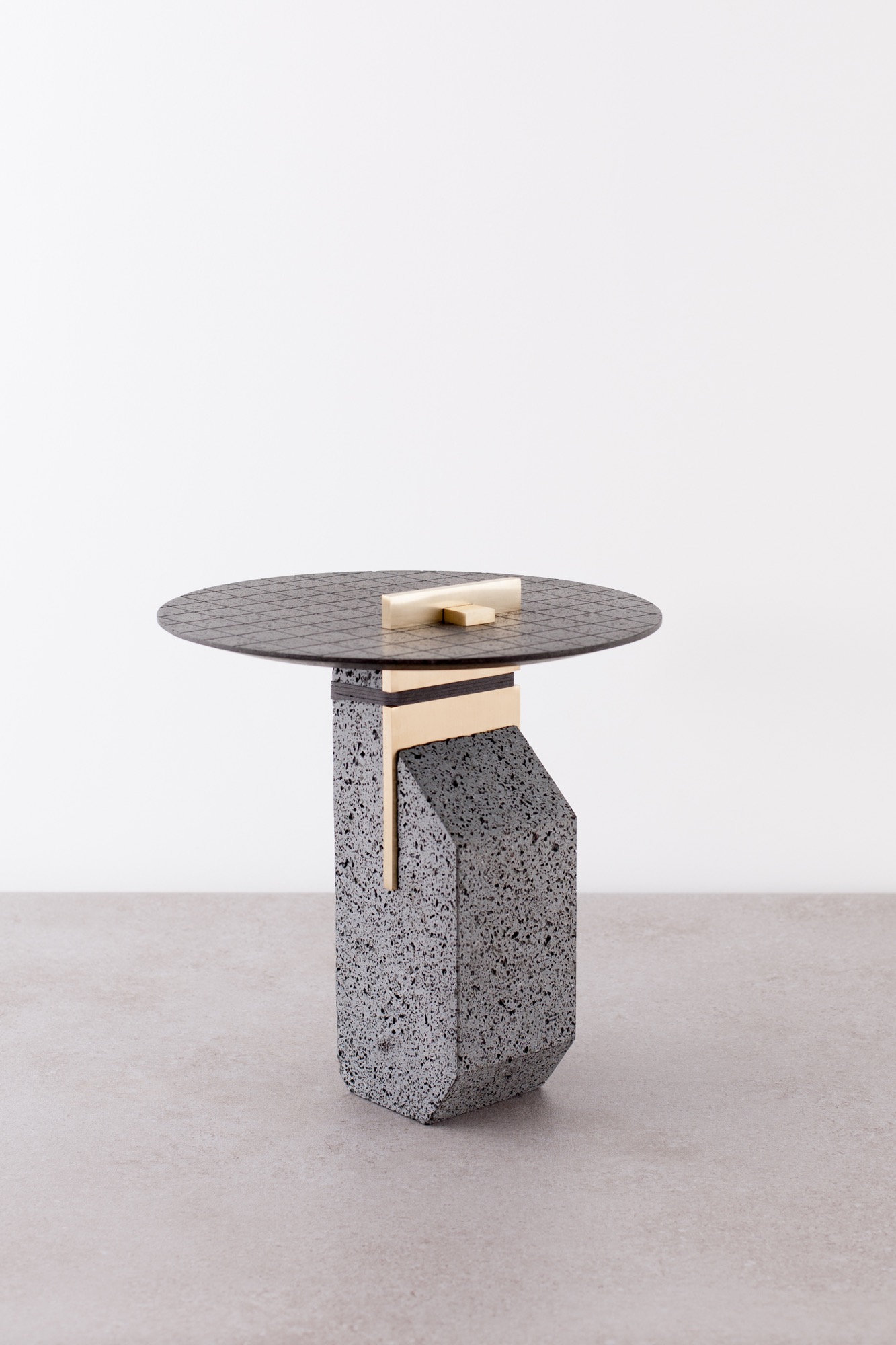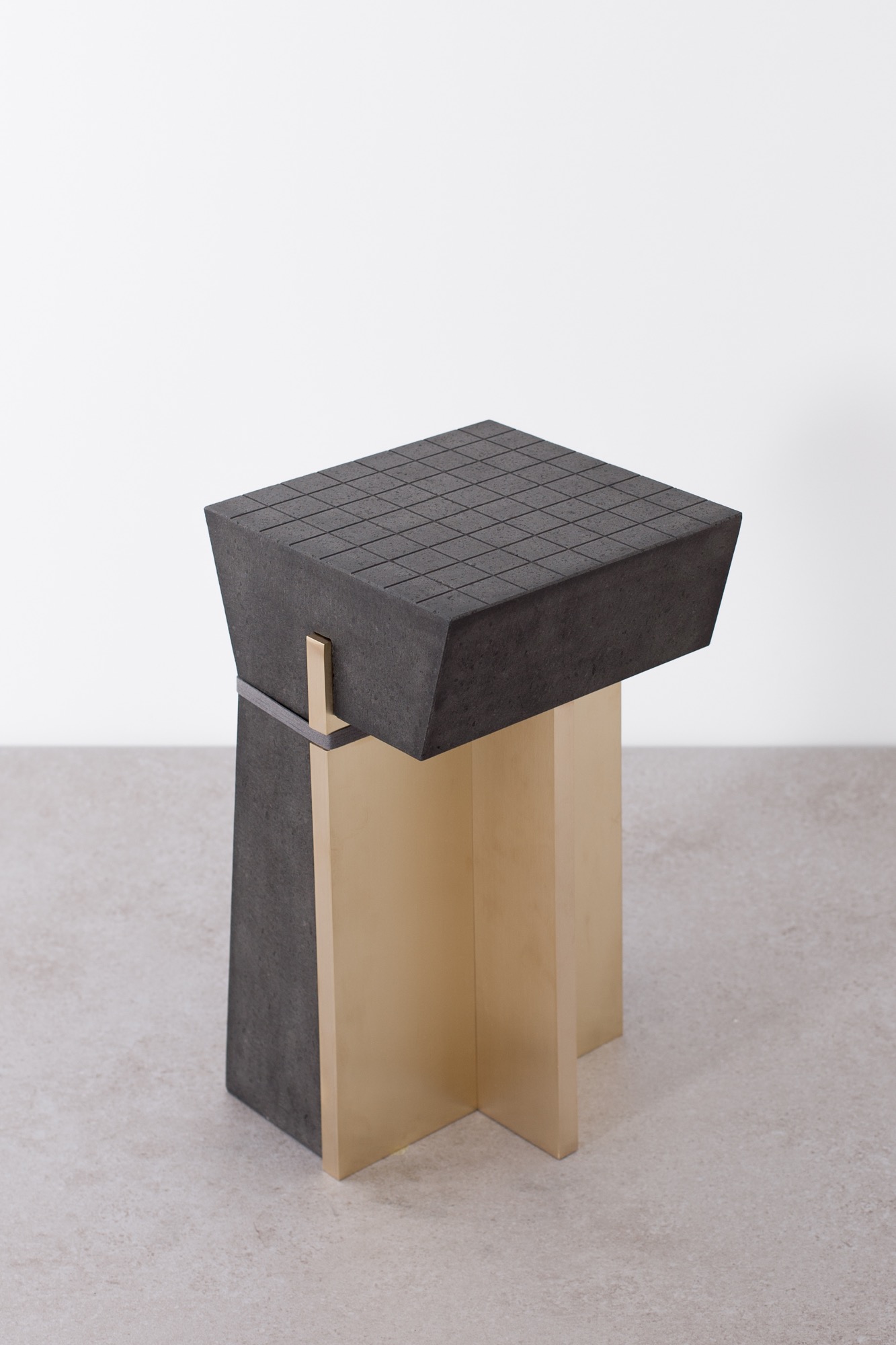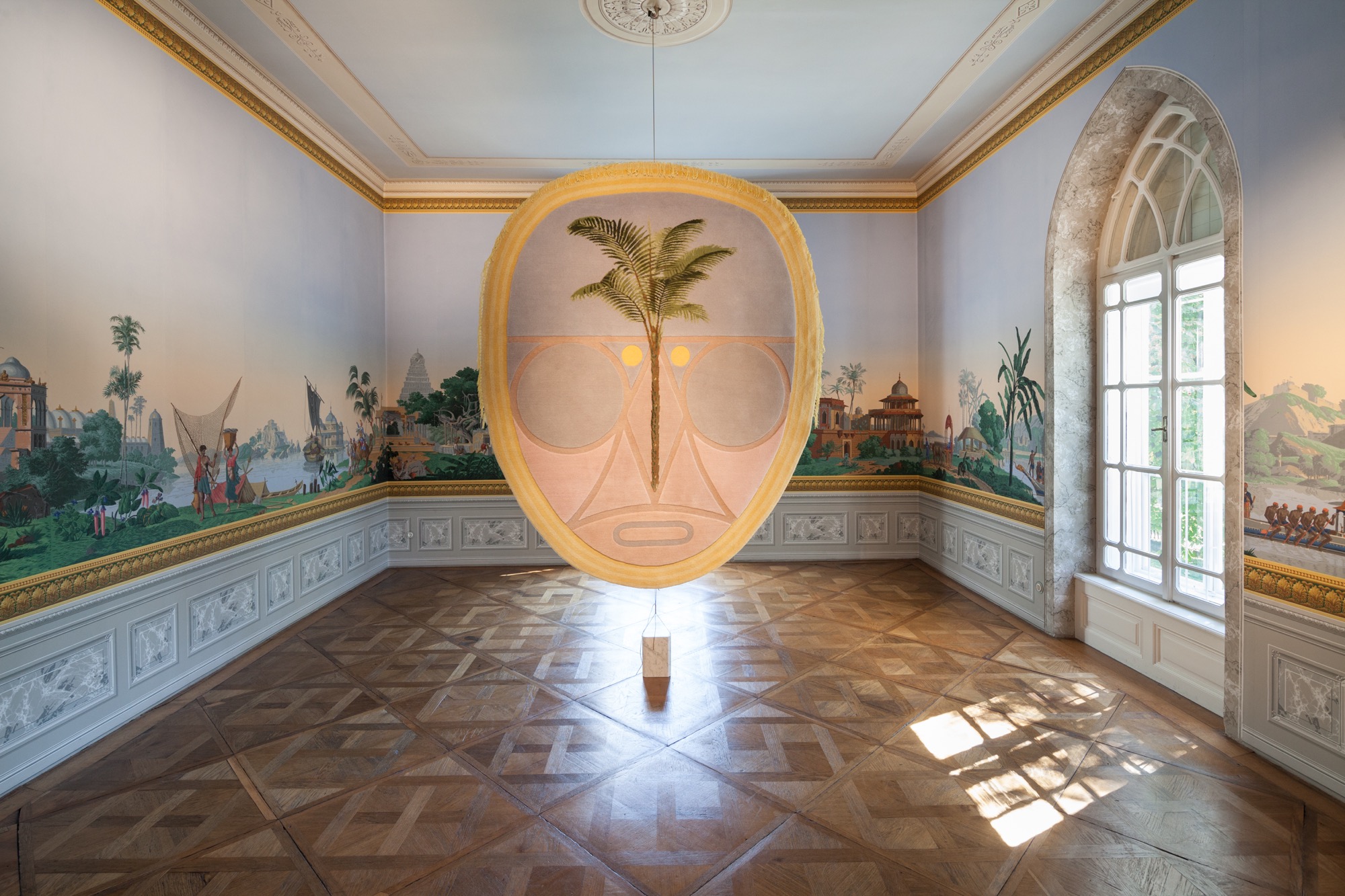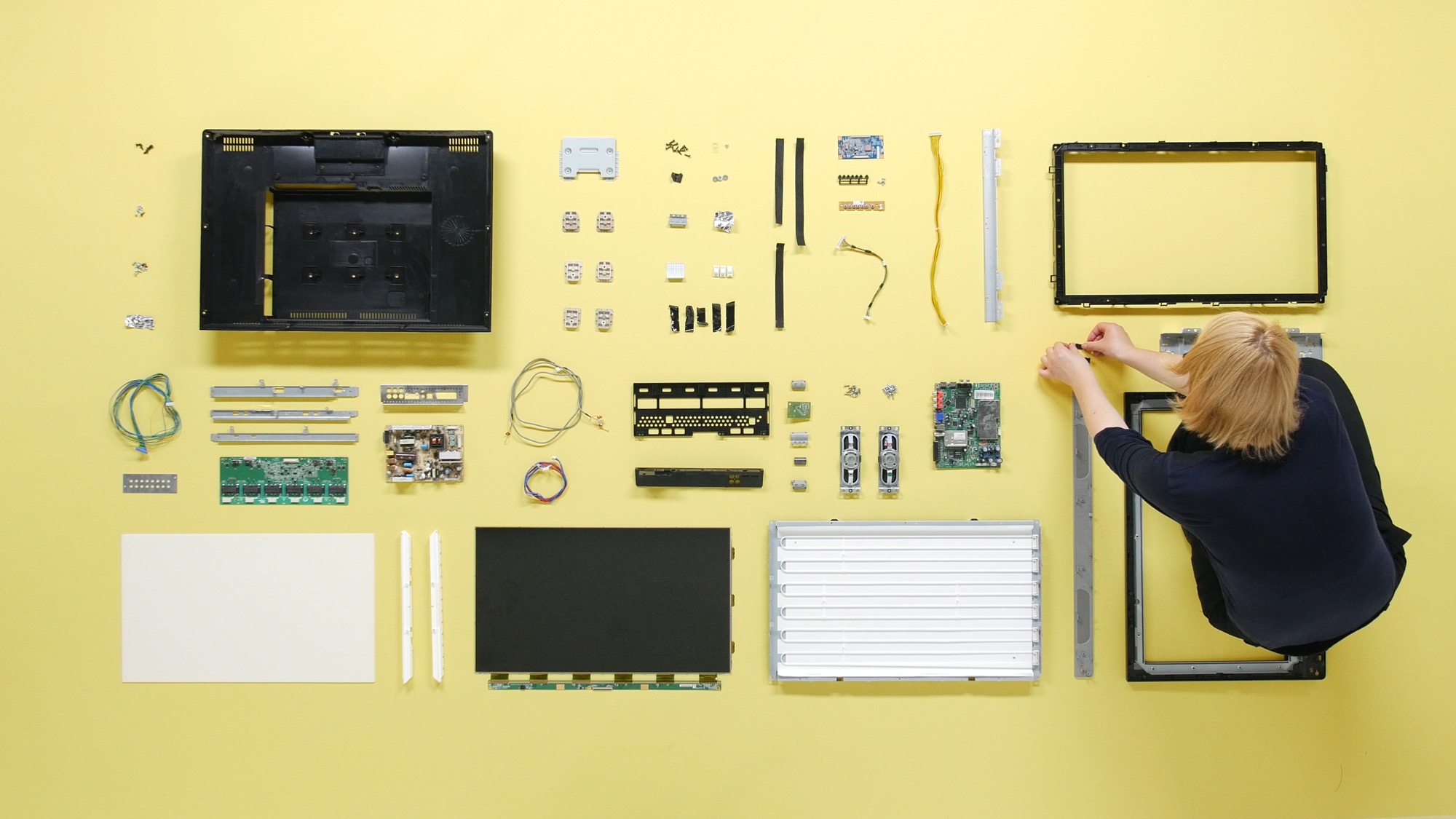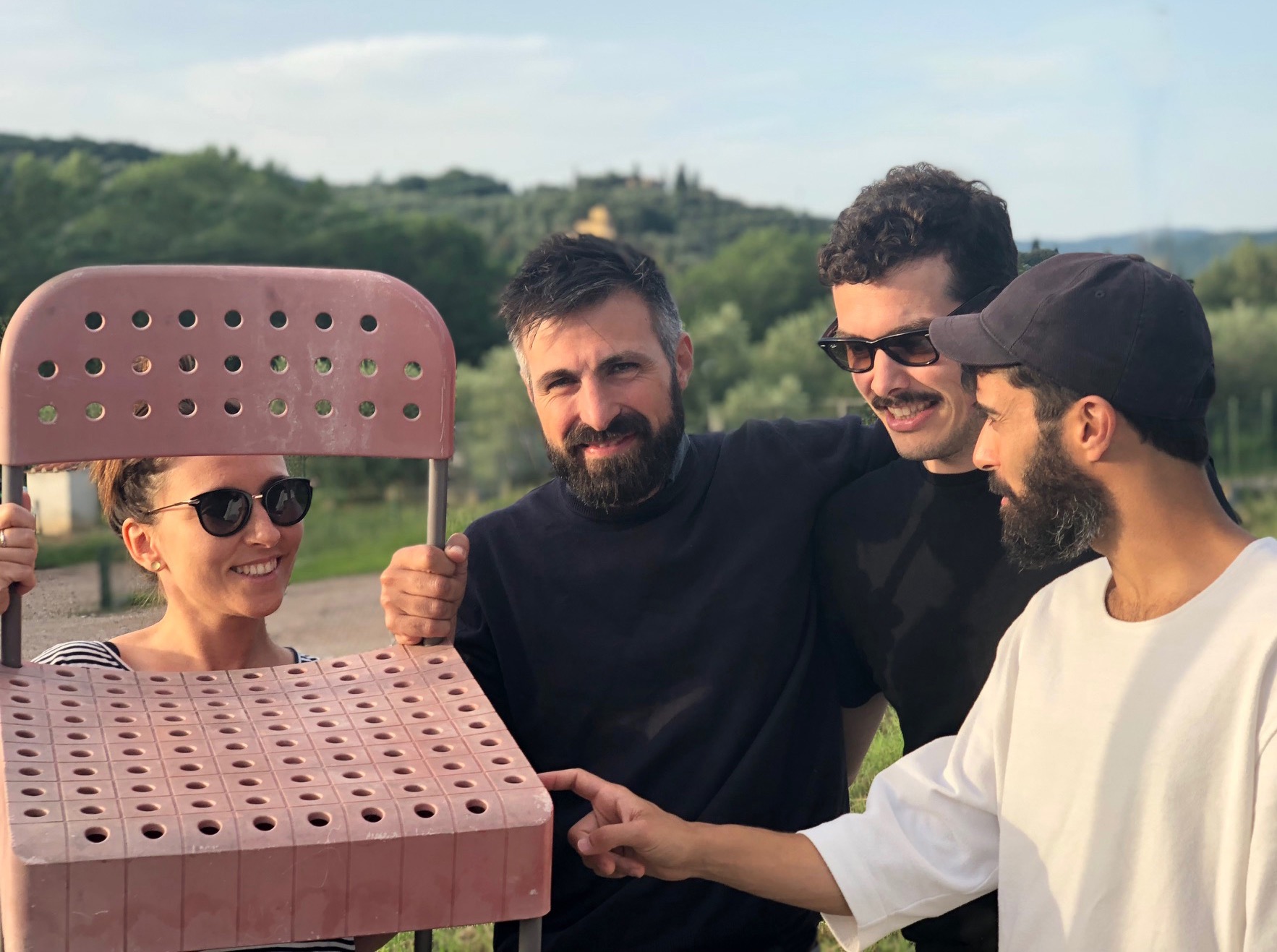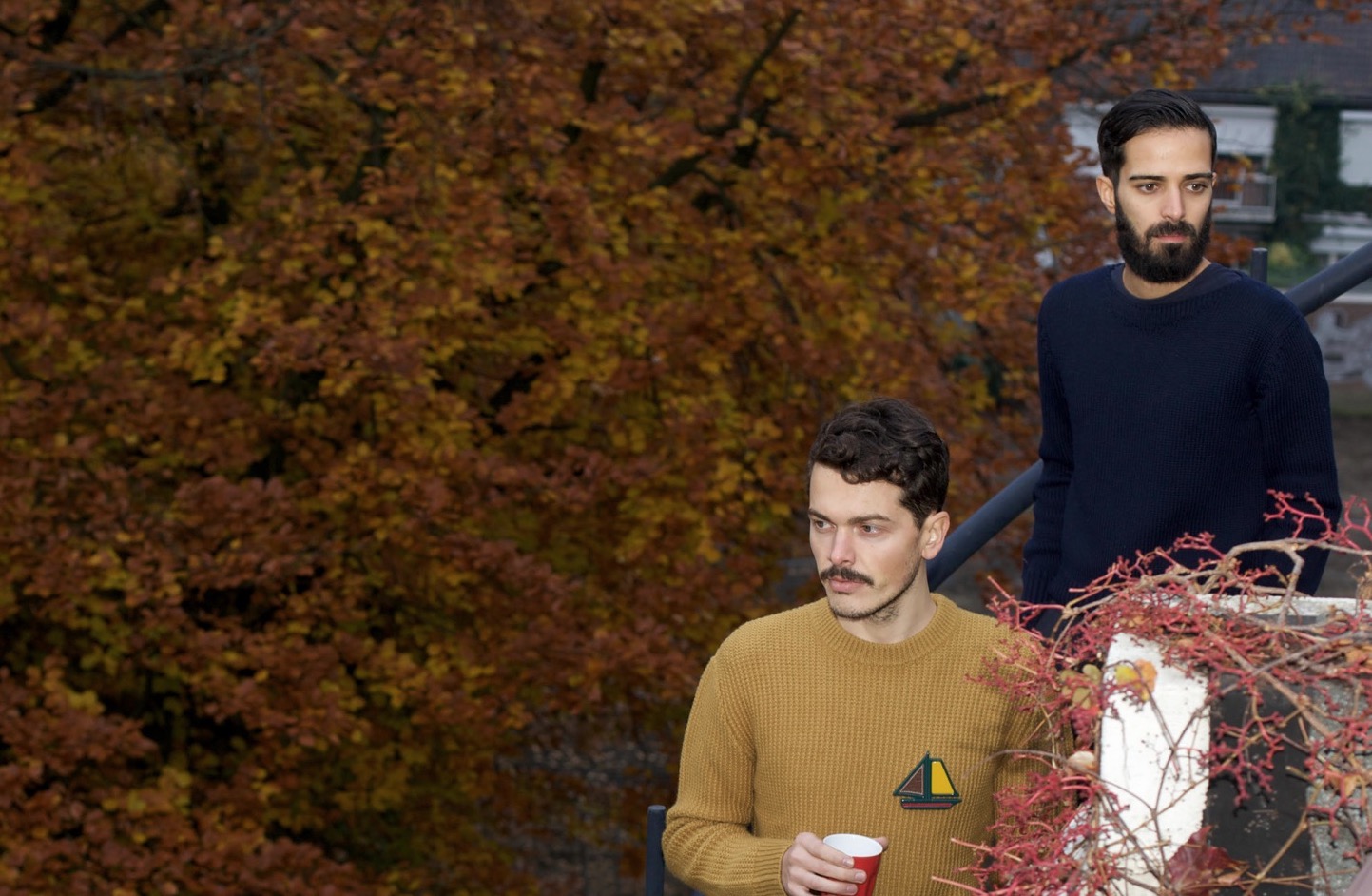English translation by Giulia Cantelli
There is a very wide range of topics that industrial production has never taken into consideration, because they are incompatible with its inherent need to sell products. The late 20th century design has often cooperated with companies, to envision a world in which production was synonymous with development and thus leading to an increasing well being for all. In the new century this positivist narrative of goods met with some critical voices, which are now further reinforced by the biggest industrial crisis that the West has ever known.
Studio Formafantasma works on the hypothesis of alternative production systems: for example by imagining autarkic societies capable of self-producing objects, experimenting with new materials from nature, carrying out research and criticism projects on issues such as planned obsolescence or the recovery of ancient crafts. The co-founders Simone Farresin and Andrea Trimarchi do not dismiss the relation between design and business institution (on the contrary), but they regard it as one of the many possible options. They assume that the task of design today is not so much to design new products, but rather to give rise to reflections, to imagine “other” paths, alternative to those that the world of mass production has so far traveled.
Formafantasma creates objects that convey a message, exemplify a thesis, project an idea of the world. The form is precisely a “ghost”1, made more of reasoning than of matter. Theirs is a semantic design in which products become representations of something that goes beyond their function, because their primary function is the message they carry.
They have collaborated with prestigious companies such as Lexus, Bitossi, Fendi, MaxMara, Flos, Established and Sons. Their pieces have been purchased for the permanent collections of the MoMA in New York, the Victoria and Albert Museum in London, the Art Institute of Chicago, the Centre Georges Pompidou in Paris and many more galleries and cultural institutions.
I’ve known Simone and Andrea for many years, we studied together in Florence and with them I went through those big moments of growing up that keep people close to each other for a long time. I was a guest in their studio-home in Amsterdam, where this interview was made. In this case it was something more than an interview: it was a chat with friends.
* * *
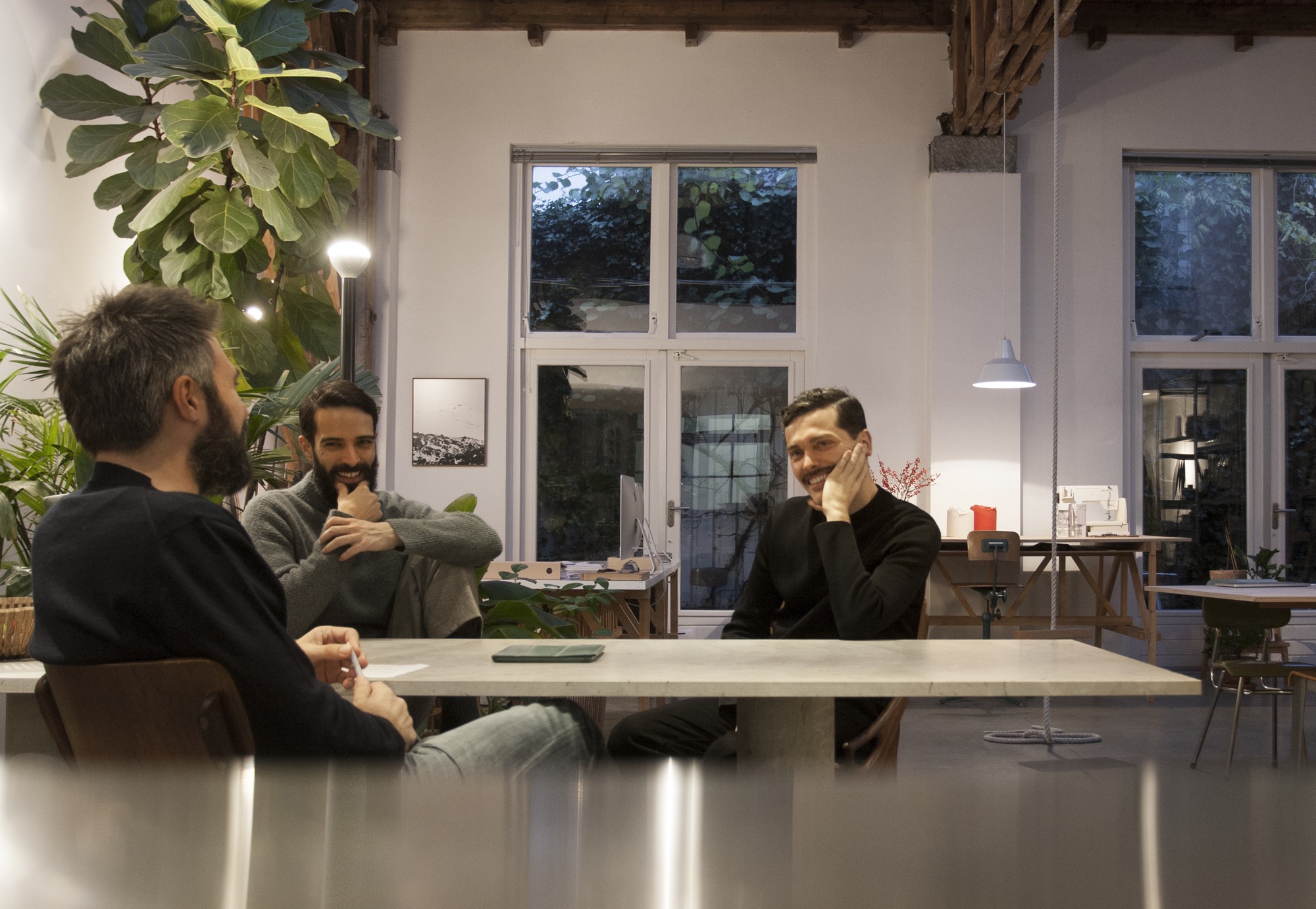
(Photo: Michela Voglino)
I remember that we first met at the entrance exam to ISIA. Everyone had to bring an object to analyze and draw. I remember that almost all the participants brought the classic “design” products. I brought the mug I used to have breakfast with every morning, and you, Simone, brought a hot water bottle. Yours seemed like a beautiful choice: a non-rhetorical but above all an ironic object.
⬤ Simone: I remember preparing a lot for that exam. I made a specific choice. I brought a hot water bottle but I wouldn’t know if my intention was properly “ironic”, perhaps only involuntarily.
I’ve always been very interested in the theme of Objects.
The ISIA of Florence was recommended to me by Enzo Mari: one day I waited for him at the Art Institute in Nove, where he was part of a jury for a ceramic contest, and he told me about that school, where he had also taught for several years.
And then with you, Andrea, we crossed for the first time on an early summer day. I was with Simone.
⬤ Andrea: Yes, it was at the Le Pavoniere pool. There must have been something special there if after almost twenty years we still remember that day. Perhaps because it was summer and we were in a beautiful bucolic place, one of the places I still miss most in Florence.
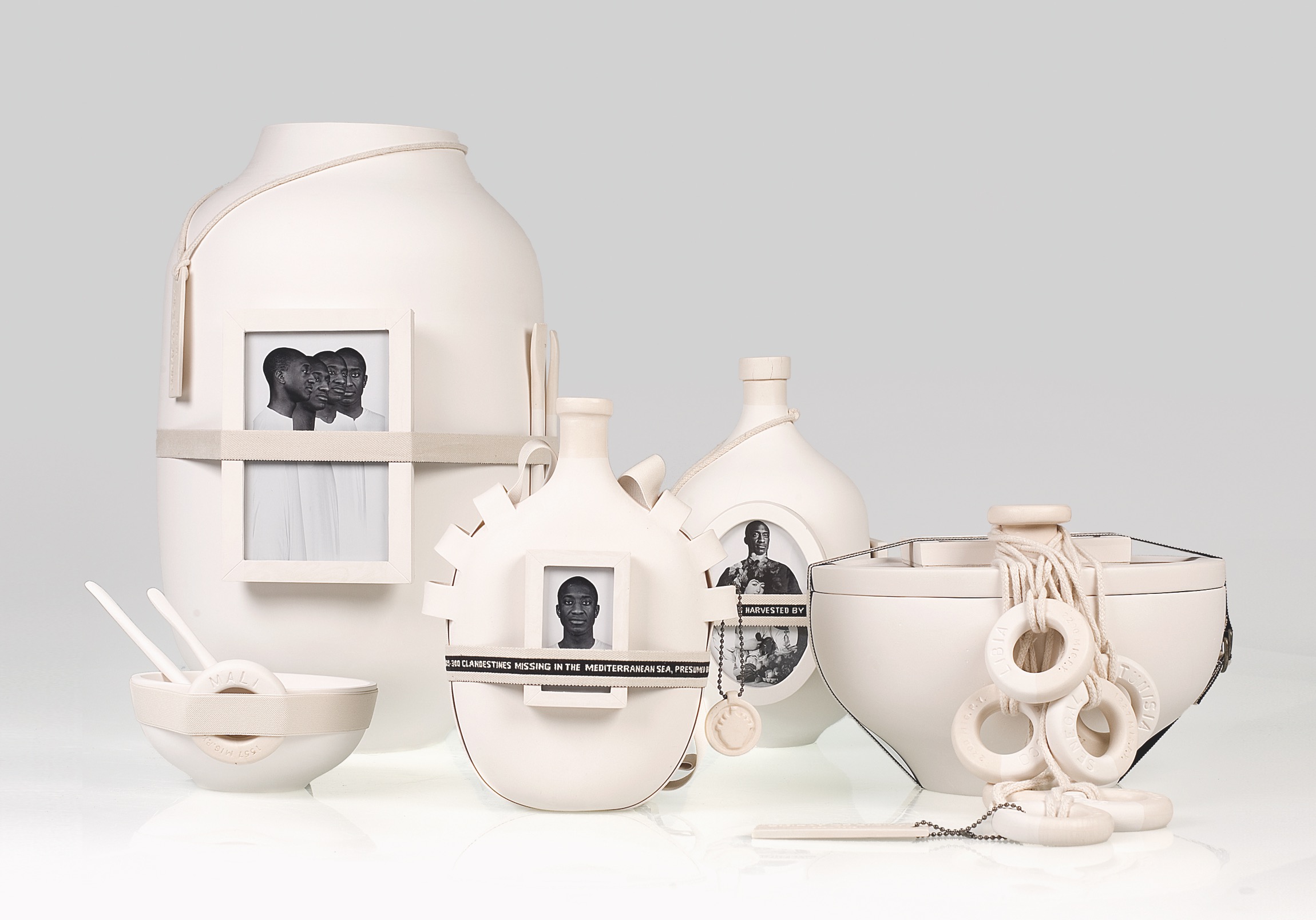
(Photo: Luisa Zanzani)
You have lived here in Holland for many years now but how do you remember Florence?
To me Florence has been the escape from the small town in Veneto, from which I had always wanted to go away. Today I remember Florence as Tondelli describes it sometimes in his books, with the same beauty and the same nostalgia. It’s the place where I became who I am: it’s been an important, even a fundamental city.
If you are Sicilian, you know that at some point you have to go away from Sicily. Also for me Florence has been all this in the first place: the Going Away, a process of initiation that all of my family had undergone and that I saw as natural. Florence often brings to mind when I used to study at the Boboli Gardens or on the stairway of Santo Spirito. It’s a city where you can stop to think at all times, observe, see beauty, and this I find extraordinary.
But I remember us being very critical of how design was taught in Italy.
I’m glad I had the experience of studying in Italy in that context: I found some very good professors. However, there was a deep difficulty on the part of many professors to connect with a completely different generation from their own. We were a class with a special energy but we’ve had a hard time being heard: the languages we proposed were often rejected.
I believe there’s an entire generation that hasn’t been able to understand the present and still does not. We have often observed an arrogant attitude towards the new generations. They didn’t understand them, or even worse they didn’t even try to understand them, and unfortunately this has occurred mainly in Italy.
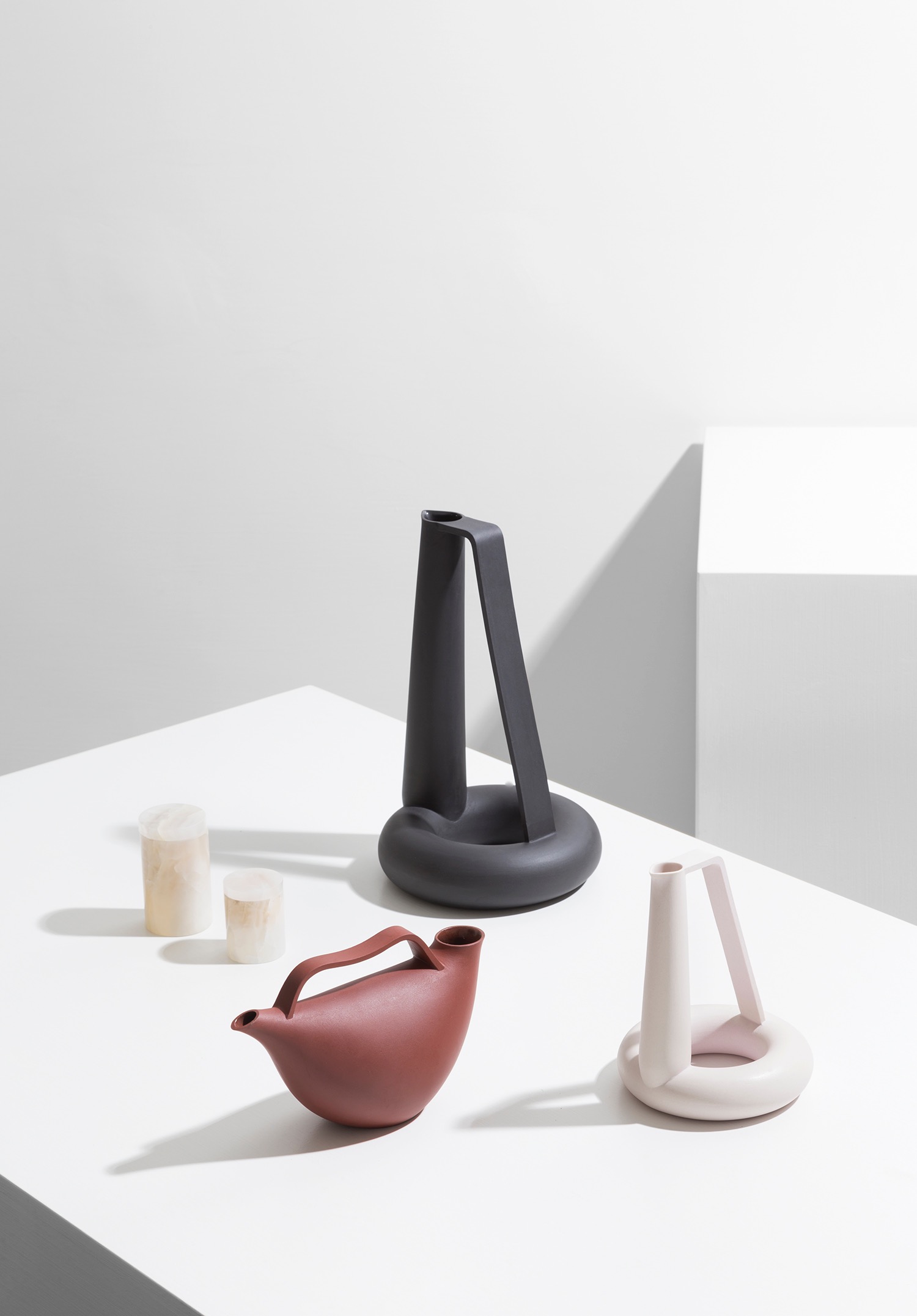
So it was time to leave…
Exactly, we mostly felt the need to go away and see something else. We chose Holland partly because schools here were cheaper than in England, but above all because there was something going on here that we found very interesting. We then applied to the Design Academy in Eindhoven. We presented a single curriculum for both of us. It was the first time in that faculty that there was a group nomination, and it’s been the only one since: Gijs Bakker, founder of Droog Design, found it interesting and he admitted us.
What was different in Holland?
First of all the Dutch professors asked us to have an equal relationship with them: we were treated as already mature, trained designers and we were required to make informed choices.
The questions we were asked were very different from those we had to deal with in Italy: they were never necessarily connected to industry or to how items are mass-produced, but questions were asked such as “Why should you produce this item?”, “What meaning should it have in today’s world?”, “Why should it be relevant?”, “What kind of designer do you want to be?”, “What place do you want to have in the world?”. In other words we were asked to think existentially about our role as designers. The course was very self-analytical: they encouraged us to write a lot and to understand what we wanted to be. This type of approach helped us a lot also because of the type of education we’d had in Italy: in our country we were not allowed to produce a certain kind of design, but we realized that we had a historical and conceptual background that was much more solid and structured than the one we’d have acquired in Holland.
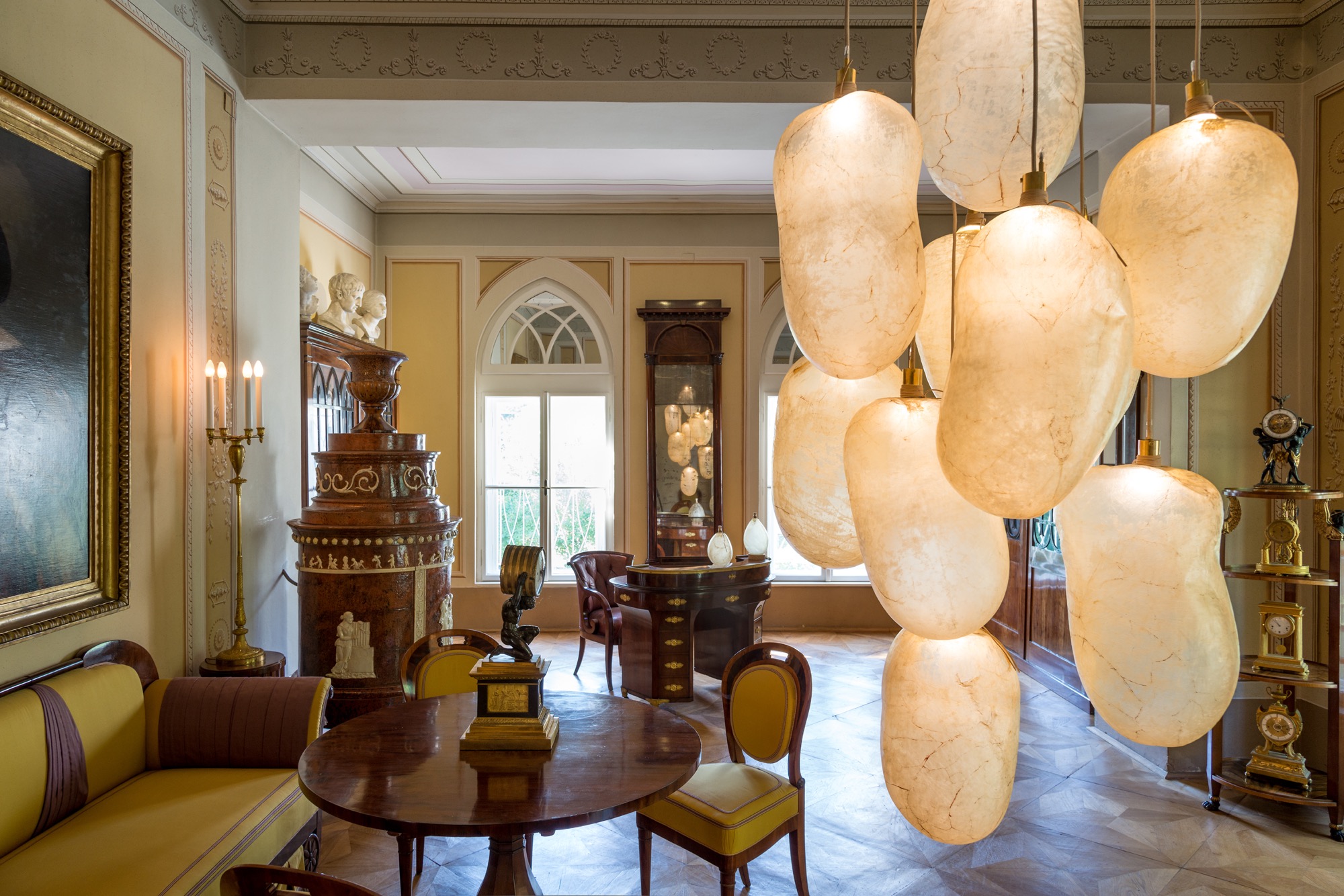
We’ve talked about it often and it’s a very broad subject, but could you summarize the main differences between Dutch and Italian design?
Let me give you an example: in Holland design is under the administration of the Ministry of Culture while in Italy it’s under the Ministry of Economy: that in itself tells a lot about the differences between the two countries.
In the Dutch universities there is a clear division between the kind of design you study at the academies, which is experimental and based on linguistic research, and the kind you can find at technical universities, much closer to engineering. In Italy, in faculties such as the Politecnico, these two ways of teaching are more mixed up.
Besides, design in Holland is not necessarily bound to the company and this is largely because the fabric of industry and craftsmanship is not as wide here as it is in Italy.
On this basis, today in Holland there’s in a way the romantic idea of the “experimental designer”: designers/artists in their studios having freedom of expression and being untied from production issues. We’re not interested in this type of research. Obviously, we’re interested in experimenting but just as long as it refers to the theme of industry and products.
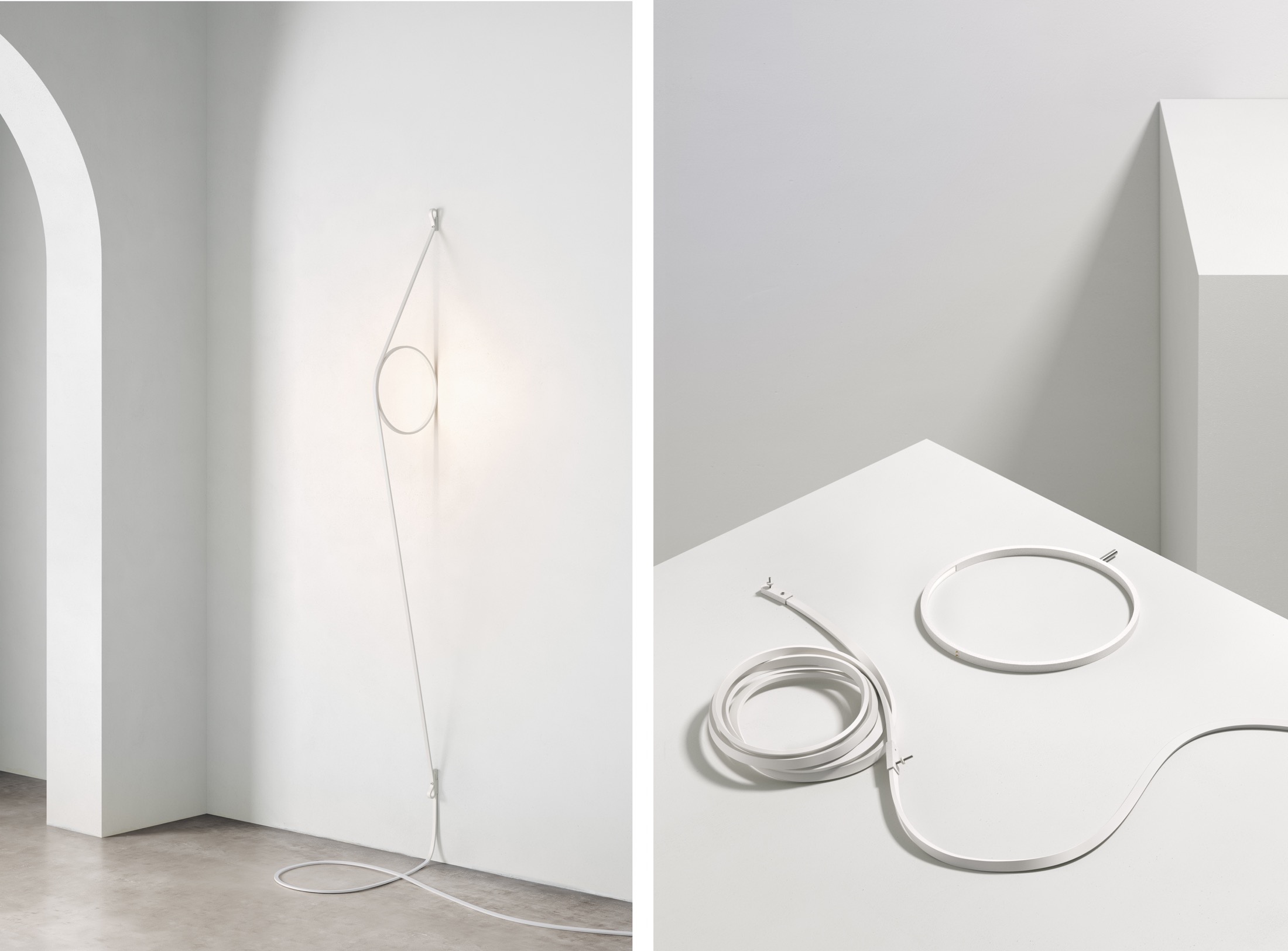
(Photo: Officine Mimesi)
In a way, Holland has been advantaged by not having a significant yet burdensome history of design as we have in Italy.
This is true but there’s also another point. The Dutch are very good at killing their masters, much better than we Italians are. They have a very short historical memory, perhaps sometimes too short.
Consider that at the Design Academy there are hardly any history courses. On the one hand it gives you the advantage of starting from a tabula rasa and with less superstructures, but on the other hand it’s very dangerous since the knowledge of history remains an important tool, fundamental in our opinion: in this we’re very Italian.
After graduating from Eindhoven Design Academy you start setting up your studio and exhibiting in Milan.
One evening Enzo Mari visits the Rossana Orlandi gallery where you are on exhibit: as he usually does, he disses every single work around but when he spots your collection, Autarchy, he really appreciates the design. I remember you were legitimately very happy that night: getting baptized by a master as Mari is very rare, pretty much impossible.
I believe that fate wanted Mari to see the project that was just right for him. He read in our work on the theme of autarchy “a return to the ethics of work”: we were pleased because this was one of the messages we wanted to convey, but above all because it was him who explained us that design is not only form, but it’s also all the implications for those who will make that product.
It was a very special year, 2010, shortly after the Great Crisis. The design at that edition of the Salone had not yet grasped the enormous change that was taking place. To give you an example in those years projects such as the private jet plane covered in Bisazza mosaic tiles were showcased. It seemed that design was still struggling to understand the new society. That year, the exhibition of objects made of bread with a display of sorghum brooms anticipated several themes that would come out later and that were the result of a reflection Mari has always cared about. On several other projects we did later he’d have most likely a different opinion. Mari has been an absolute master although we don’t share many ideological implications that are suggested in his work and that belong to a different time from ours.
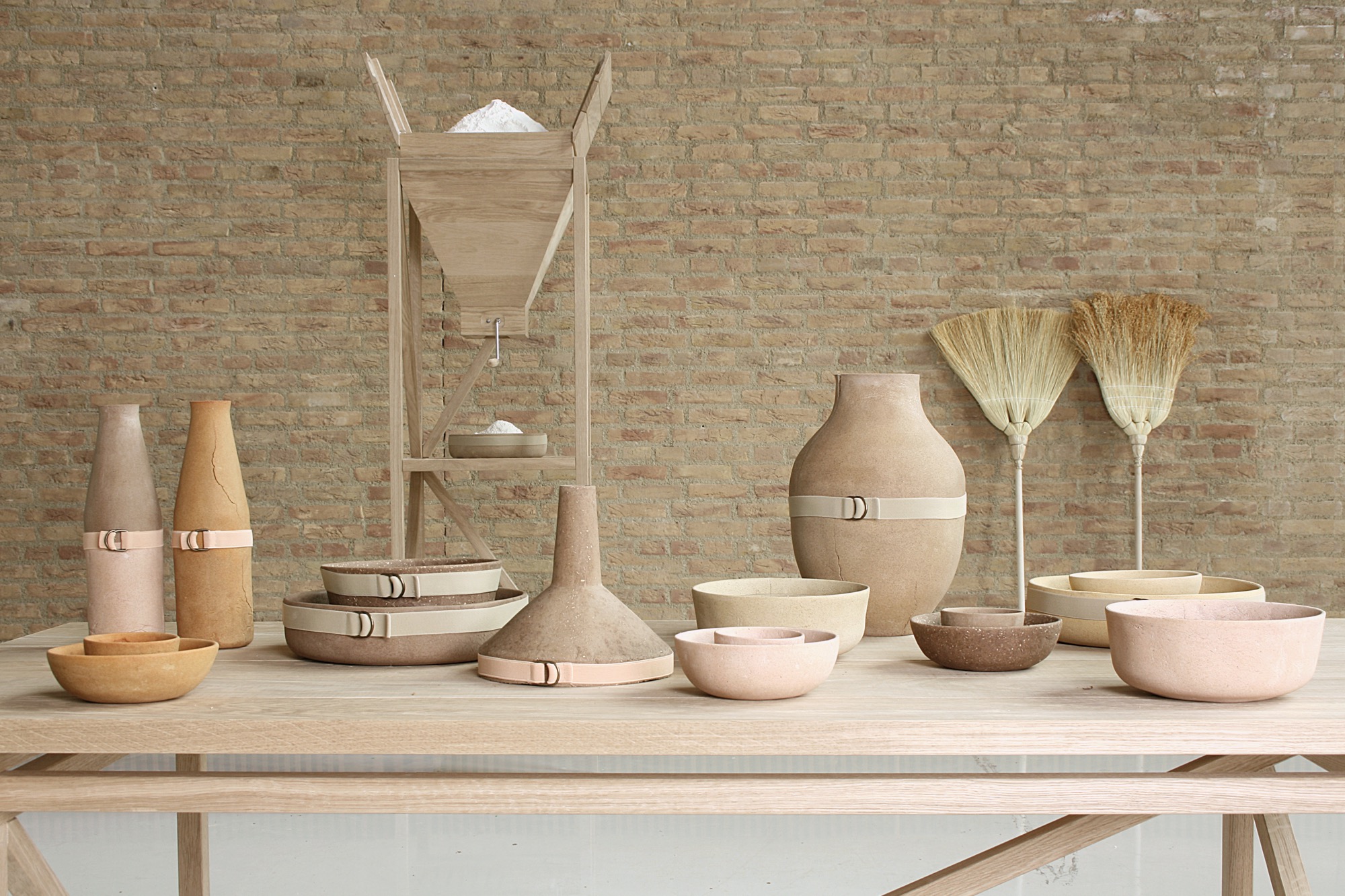
You share with Mari a critical attitude towards industrial production, yet starting from deeply different assumptions. For example you don’t seem to embrace the idea of developing a “democratic design”.
In our opinion there’s no longer the urgency of producing as there once was. In the second post-war period industrial production was a social and ethical necessity: the need was felt to rebuild a society also through articles of consumption. But speaking of “democratic design” today is criminal in our opinion: it basically means filling the world with more products.
This is a system that we don’t want to support, that we don’t care about, and that is dangerous. We’re not concerned with selling millions of our lamps: people can live just fine without them. What we’re really interested in is the quality of that product and its ability to make people think. Our goal is not to create new things but to try to understand how to push the reflection on objects a little further.
At the next Triennale we’ll present “Ore Streams”, a project on the recovery of electronic products. For us this is what industrial design is about: it has nothing to do with designing new products, it’s about taking care of the consequences of mass production. This is what we’re really interested in. A cell phone has a lot of technology, research, complexity, an enormous use of resources: in our opinion the fact that a smartphone has on average only one year of life is the failure of design.
The goal is to produce just a little, for the companies in which we believe and only on projects that give us the opportunity to make our contribution to the discipline.
Ore Streams, commissioned by NGV Australia and Triennale Milano, 2017-2019. An investigation into the recycling of electronic waste, developed over the course of three years
So you’re against one of the twentieth century design principles, the idea of “low-priced design for all”?
We believe that “low-priced design for all” is an abomination. We don’t want to feel responsible for the production of more garbage.
Well, but in that “design for all”, in addition to the price, there was also the idea of creating objects that could be easily understood “by everyone”. Your work, in addition to not being cheap, also speaks to those few who have the keys to understand it.
Right. We wanted design to be understood “by everyone”, but make no mistake: who are these “everyone”? These “everyone” have always been in fact a small group of western people, generally white, who have enough money to buy these products. What we’ve called “democratic design” has always been “democratic” for a very small number of people. The so-called “design for all” has always been hypocritical. Some of our pieces we probably couldn’t even afford, but this is not a problem because I don’t think anyone needs our pieces to live. If by chance we’ve done something good in our work it’s no doubt because of the ideas and the reasoning we’ve put in it, not for the few objects we will produce. I didn’t buy this cheese container [he points to the famous cheese container by Enzo Mari, Ed.] because I needed a cheese container: I bought it for the idea it bears, and the idea in that object lives on even without me buying it. Design does not acquire meaning because you can buy it, because it’s “democratic”, but because it manages to be the bearer of new reflections, of new utopias.
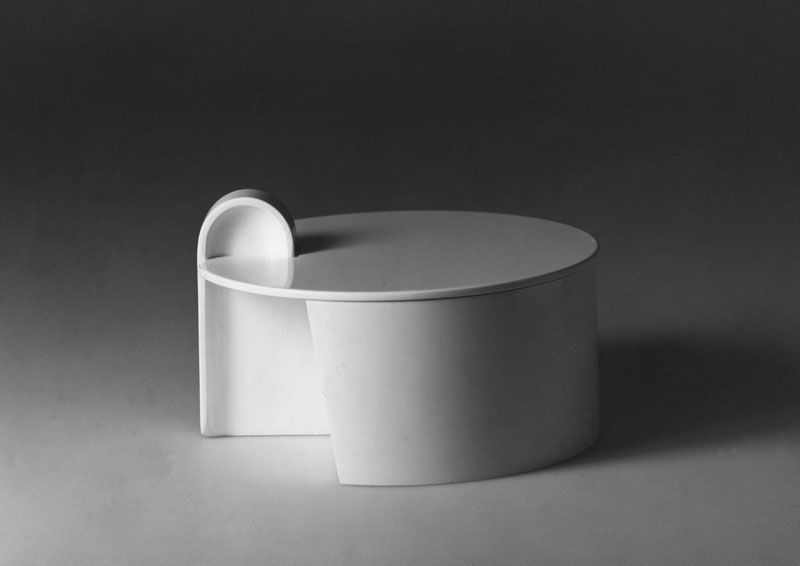
The contemporary designer can disintermediate, bypass the client to work on autonomous projects. How do you face this possibility?
Our projects always come from a client. We believe that the figure of the client is an important element. We need someone who challenges us with a design problem and this someone may be a museum, a gallery or a company. We usually start by asking ourselves the reason for that request: we often rewrite the brief because most of our customers come to us for a reason that is not yet well clarified. It may seem strange but, in the construction of the brief, companies are the most difficult customers. They often talk about very vague, abstract things. They believe they have the key to the problem but in many cases it’s more articulated than they think. For us dialogue is the best way to reconstruct the customer’s real needs. Only in this way can we write down the objectives of the project, just so we start working.
We then realized that a project almost always starts from a sense of frustration: we analyze a context and ask ourselves “why is this so?”, “why is it this way and not in another?”. Most of the times, to start a project is about questioning a cliché, a well-established pattern of reasoning.

Your projects are the result of much debate. Verbal language is therefore one of your working tools. What language do you usually speak with one another?
We usually speak Italian. We are Italian, so this is for us the fast and intuitive language: it’s our most natural means of expression. But when we write we always do it in English, also because it appears to be more precise, a way to go more directly to the point.
Our language is very complex, baroque, it has many expressions and nuances. English is “sharper”, clearer, more direct: it forces you to say things plainly, without unnecessary additions.
One important thing is that we never split the projects between us: we always do them together. It’s the two of us with our dialogue that make a complete designer. If the debate between us becomes too heated, this means that we’re very likely to be wrong and that we must review our project process.
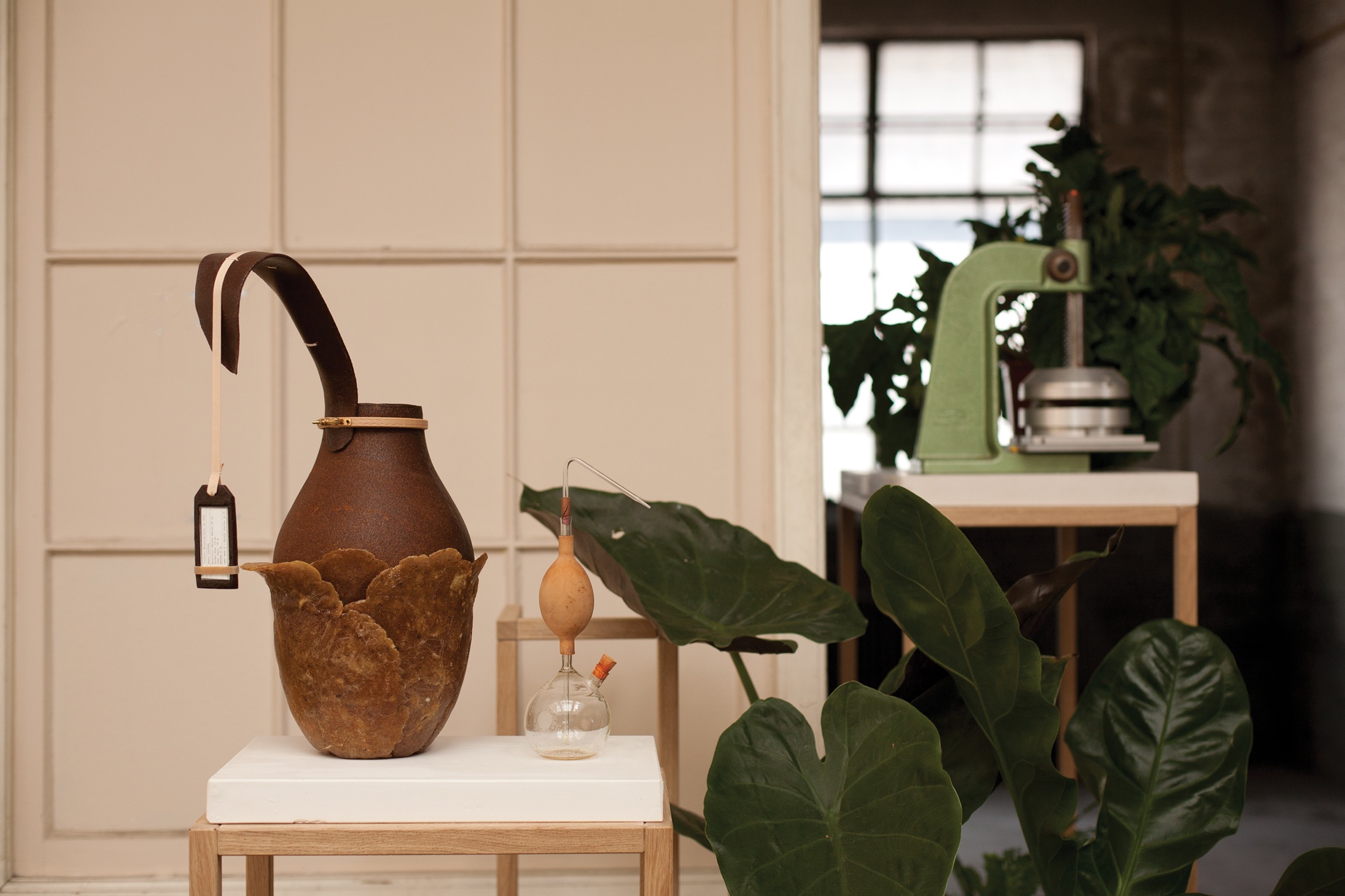
(Photo: Luisa Zanzani)
You have designed and built the teaching of Made Program, a design faculty born in Syracuse, Sicily, a place in the extreme south of Italy where the industry is almost absent.
We thought it was a very interesting project precisely because it was far away from the centrality of the north. We believe that different types of reflections on design need to mature and to do so it’s healthy to move away from mass production places.
Several design faculties already existed in Sicily: Made Program is not the first, but in our mind talking about industrial design in a place where heavy industry is almost completely absent is just nonsense. That’s the ideal place to think about a design that’s different from what we’re used to.
We believe that the teaching approach in Italian universities still revolves about the 20th century too much. It’s still a very conservative country in terms of design: it’s hard to branch off from an important yet heavy history.
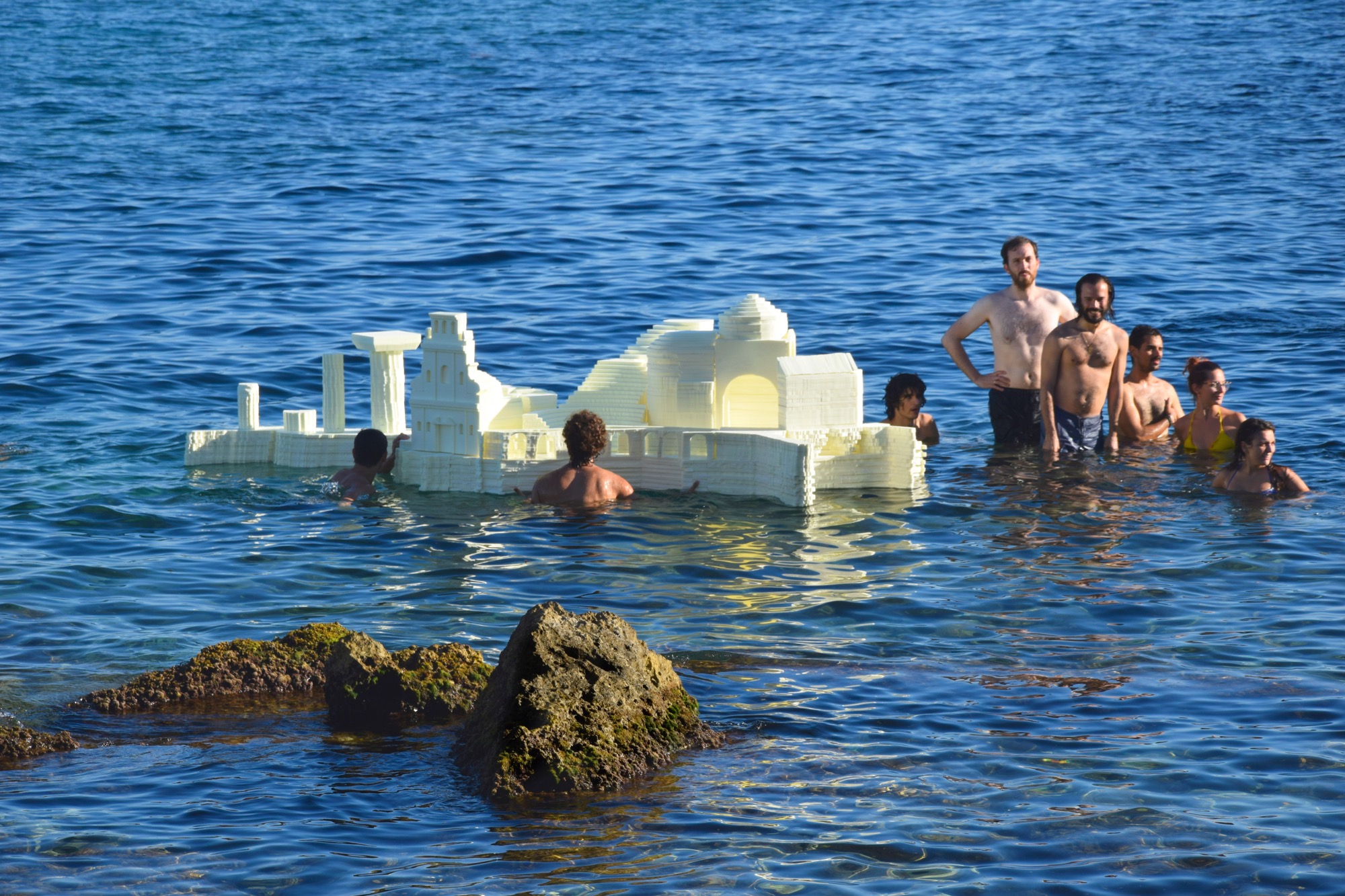
Italy. You criticize it but after all I know you love it deeply.
That’s right. Italy is a country we criticize a lot, maybe too much, but it’s a place we adore, that we’re completely in love with and drawn to. We feel we owe it a lot. In our own little way we’d like to try to pay back what was offered to us, to contribute more to it. I believe that we’ll be working in Italy a lot more in the future.
I was thinking then, it would be nice to have a bath all together again in the Pavoniere pool where we met the first time…
That would be amazing. It’s been almost twenty years now but there still are places and people that have been of great importance to us. Since we left Italy we’ve found out that we’re not so much in love with its design but we do love how life is designed there, which is a whole different thing.
What if we ate at home tonight?
Sure. Here in Holland there are really good shrimps: I propose a Venetian dish, “Polenta e Schie”.
